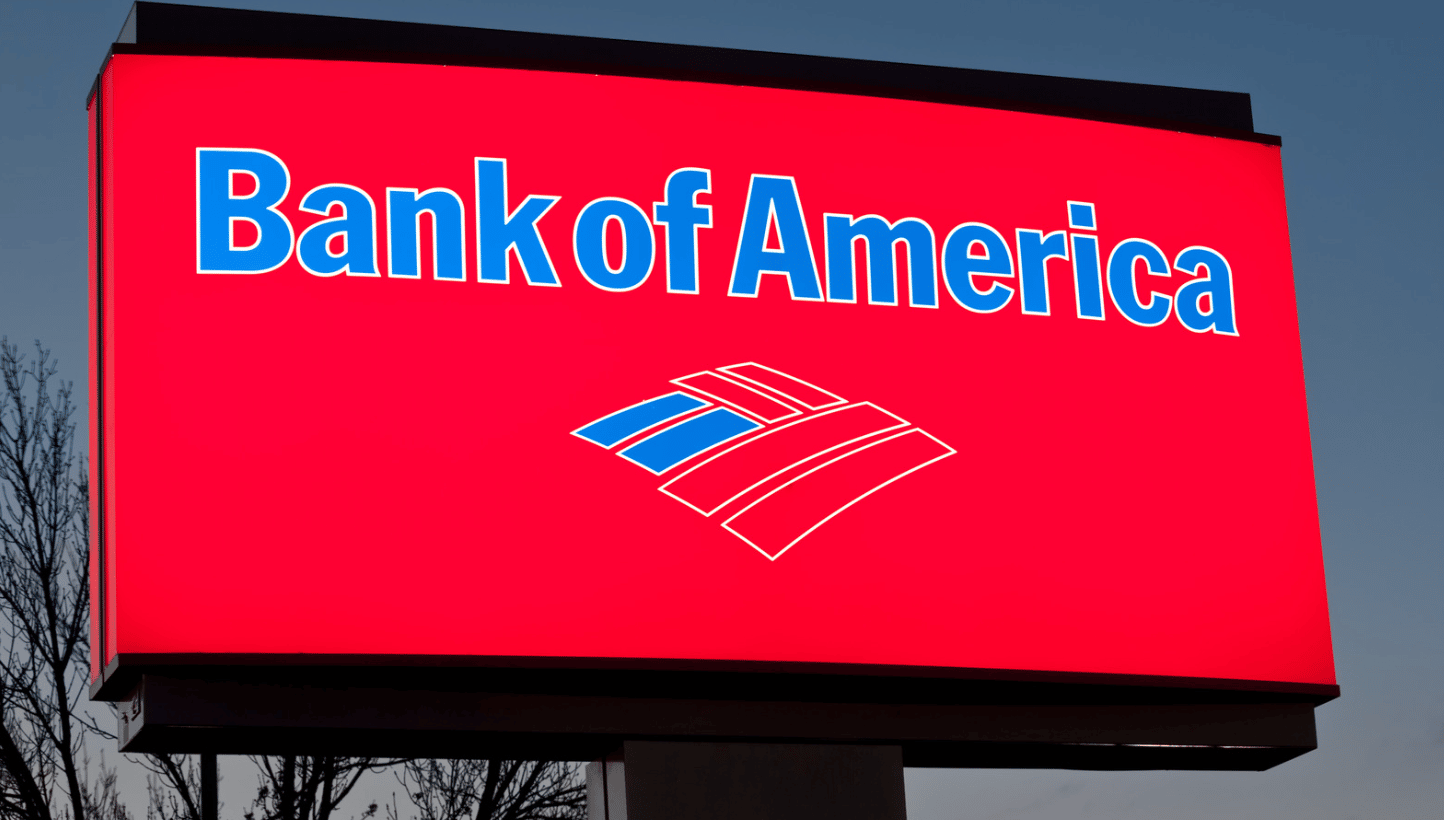
“No one has ever asked us to design the restaurant of the future.” – Jon Blakeney I-AM
I love this quote. Jon Blakeney, the head of one of the world’s leading bank and restaurant design firms, sums up in one sentence the frustration, the helplessness, and the complete lack of a clear view of the future that retail bankers struggle with today. If this sounds a bit callous, I’m sorry. But the truth is that I don’t think anybody really knows what the future holds for banks—not me, not you, not even Brett King.
But this got me thinking. Is there something banks can learn from the restaurant industry? Let’s take a deeper look. I know, I know, the restaurant industry isn’t quite as worried about the future (at least not like banks). In fact, the National Restaurant Association predicts that restaurant industry sales will hit $709.2 billion in 2015. Just 15 short years ago, that number was $379b.
With numbers like these, it would be easy for the industry to become complacent—but they haven’t. In the past ten years we’ve seen the rise of the fast casual restaurant, an entire new category of eating establishments show up and thrive, led by Chipotle, Five Guys and Panera. They blended the convenience of fast food with a higher quality product that appealed to a changing demographic. By creating an entirely new category of restaurant, they tapped into a customer need that nobody new existed. Since 1999, fast casual has seen ten times the growth as the fast food industry during the same time frame. The point—restaurants are still seeking out innovation in the pursuit of newer, better concepts.
In contrast, according to FMSI, a consulting firm that tracks branch performance, retail banking transactions have declined by 35% since 2002. And it’s not just transactions. We are also in the midst of a downturn in the number of branches in the United States. In the last four years, Bank of America has closed 953, or 15.8% of its locations. There are a few isolated examples of financial institutions that are bucking this trend, but overall branches are still closing.
So it brings up the question—“Is this a market correction or a harbinger of things to come?” I think it’s a bit of both, but trending towards the latter. There is a real disconnect with how banks view their branch services and what the customer actually wants. I’d like to return to the topic at hand, and take a look at the restaurant industry and see if we can draw parallels to retail banking.
Take a look at the picture above taken in the 1950’s. Unsurprisingly it looks quite a bit like the average American corner bank branch today. About the only glaring difference is that there’s a guy enjoying a cigarette while talking to the teller. Now generally speaking, the traditional sit down restaurants of today still tend to resemble eateries from fifty years ago. The key word here is tend.
Restaurants are constantly adapting. In today’s world you’ll find fast food joints, fast casual, buffets, restaurants in gas stations, themed diners, not to mention food trucks. You name the concept—there’s a restaurant that is trying it or has tried and failed. The styles are endless and are constantly changing depending upon consumer demand, location, and the restaurant’s target demographics.
Banks on the other hand have tended to error on the one-size fits all model. People are going to argue that it is not the case, and yes, you can point to specific banks that have, or are starting to, change strategies based on exterior influences. But for the general public, the Bank of America branch on the corner, a regional bank such as BB&T, or even a credit union are all one and the same. Why is it that most people cannot even tell the difference between a bank and a credit union?
Along those same lines, think about two of the more profitable restaurants in America—McDonald’s and Outback Steakhouse. They are both restaurants, yet they occupy different sub-categories within our mind. They are obviously different and the average person can name the distinctions that separate the two. Financial Institutions have not been able to develop defined categories for themselves.
Why isn’t there a national brand of bank that is known for fast transactions, impeccable service, or some other differentiator?



